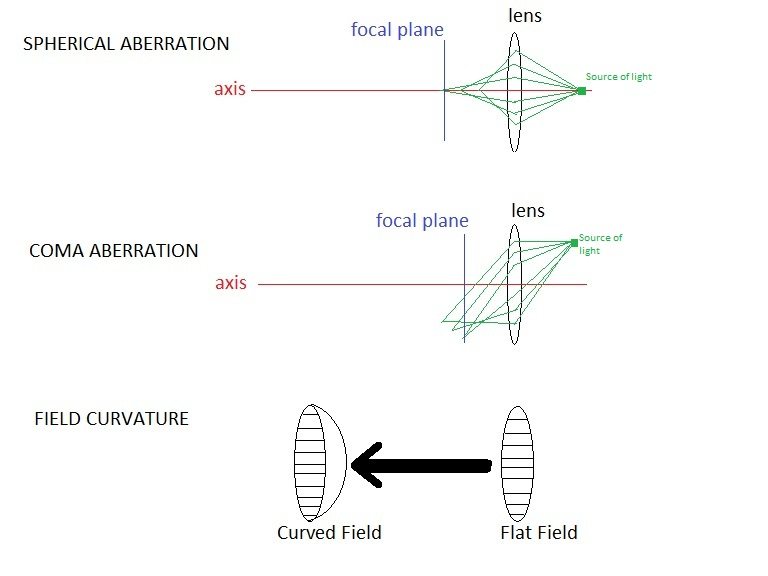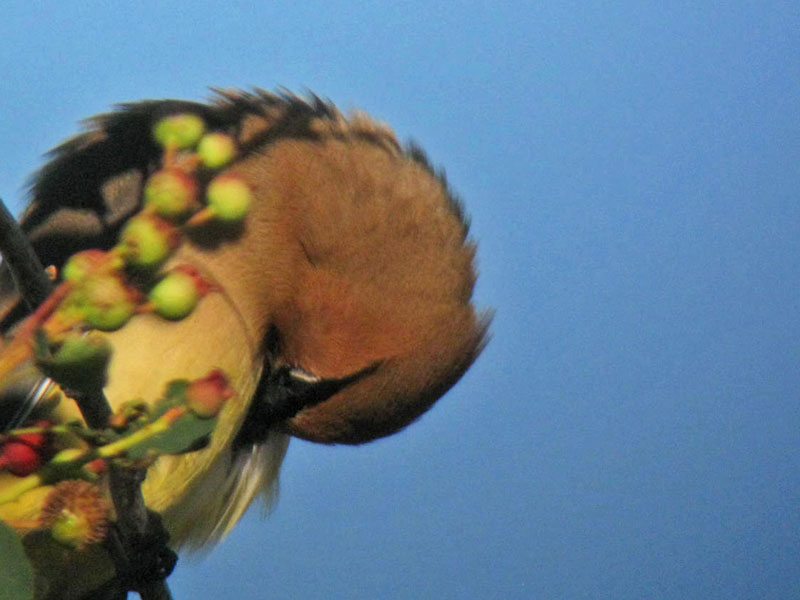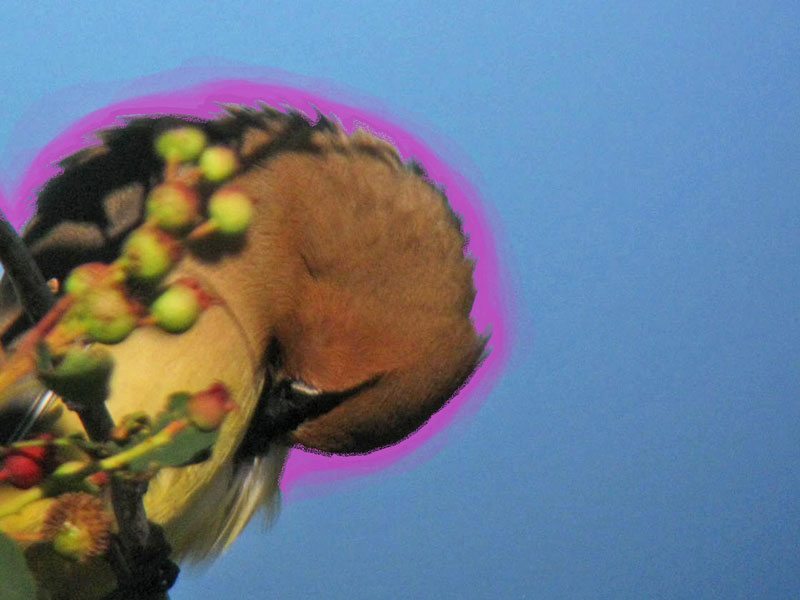Optics for Hunting Part 2: What We AREN’T Looking For:
By Matt Cashell
This is the second part of a reference series on optical performance for the hunter. In the last article, we discussed what we wanted to see in our hunting optics: a bright, high resolution, high contrast, neutral image. We want the magnified image to look like the non-magnified image, just closer.

A perfectly executed optic would do just that. However, there is no perfect optic. Optics work by bending light through a series of curved pieces of glass. This is the best system we have, but it has some limitations. The limitations are the effects those curved glass elements have on the image. These are referred to as optical aberrations.
It is useful to hunters to understand aberrations, and their effects on optical performance, but hunters don’t need to be optical design engineers. There are plenty of technical texts available on the physics of optical aberrations. So we will go over basic aberrations briefly, and how they affect the hunter.
Spherical Aberration is an aberration that causes light rays coming at the edge of field to come into focus at different points of the optical axis (optical centerline). If not sufficiently corrected through the use of aspheric or corrective lens elements, this aberration causes a reduction in resolution. Many low-cost optics do not fully correct for spherical aberration, which leaves the image looking soft.
Coma Aberration, Astigmatism, and Field Curvature are common aberrations that usually affect the image near the edge, as these aberrations occur off the optical axis . Coma is a magnification problem off-axis that reduces detail. Astigmatism occurs when the optic focus off-axis light in the vertical plane at a different point of the axis than the horizontal plane. This reduces performance increasingly towards the edge (off-axis). Field curvature takes the flat image the optic “sees” and bends it so it is like looking straight down into a bowl. The result of field curvature is that when you focus the center, the edge is blurry, and when you focus the edge, the center is blurry.

Another common aberration is distortion. Distortion occurs primarily in two forms, pincushion distortion and barrel distortion. Pincushion distortion occurs when the edge of the field is magnified more than the center, while barrel distortion occurs when the center is magnified more than the edge(see diagram). An optic perfectly corrected for distortion will maintain line straightness right to the edge of the field.

This topic deserves a little more discussion. The human eye naturally has a small amount of barrel distortion. When a person looks through a perfectly distortion-free binocular, their natural barrel distortion causes the perfectly flat image to appear like a rolling ball when panning. Long ago binocular engineers noticed this, and designed some pincushion distortion into the image. The result was a more comfortable panning image, but at the cost of a slightly lower performing edge of field. Over the years designs have incorporated more or less pincushion, because engineers were trying to find the perfect balance between edge performance and minimizing the rolling ball.
As a hunter, I prefer a little bit of pincushion distortion. I spend a lot of time panning my binoculars and don’t want to deal with the distracting rolling ball.
The final aberration we’ll discuss is the one I find most annoying. It is commonly present in sporting optics of many different brands, models and types: the dreaded Chromatic Aberration (CA). CA is the phenomena of light splitting into separate wavelengths when hitting a glass surface. This splitting is referred to as “dispersion.“

The viewer notices this phenomena because it appears as color “fringing” in the image. It is most notable in high-contrast portions of the image, such as a dark moose on white snow.

Until optics companies quit using glass in their designs, CA is going to happen. However, it can be minimized through design. Optics makers typically correct for CA in objective design. A single lens cannot correct for CA. The objective will usually be a doublet (2 lens) or triplet (3 lens) design. The addition of the mineral flourite to the optical glass used in the objective lens causes the light to disperse less when traveling through the lens. Some manufacturers use other types of low-dispersion glass, like glass containing the rare-earth element lanthanum, in their designs. Some manufacturers even use pure flourite crystal in the objective, instead of optical glass. Pure flourite crystal lenses disperse light less than any type of optical glass, so products with flourite crystal objectives (Like Kowa’s super-spotter, the Prominar 883/4 series) will show the least CA, if the rest of the optical design is up to the task.
When an optic has an objective designed with CA controlling glass, they usually want to let the buying public know. Some borrow terms from camera lens advertising, calling them extra-low dispersion glass (ED glass). Some come up with their own terms like Zeiss’ FL (flourite-containing glass). Some use the optics buzzword of the times like HD (High definition or high density). Some borrow a descriptor from the astronomy crowd in using APO (apochromat), even though the term is usually reserved for triplet objective designs in the astronomy world. The truth is it doesn’t matter what advertising label is used, they all refer to some type of special objective glass used to minimize the effect of CA.
An image well corrected for CA yields a sharper image with better contrast. Some people are more or less sensitive to CA than others, so while some hunters might take a glance through one optic, they might not notice the color-fringing that is distracting to another hunter using the same optic.
Whether one is sensitive to CA or not, the best possible view through an optic is going to be through one that minimizes CA through using ED glass and an optical design that makes good use of it.
What we aren’t looking for in hunting optics is an optic is an optic that has aberrations interfering with the bright, high resolution, high contrast, neutral image. When looking for your next hunting optic, find one well-corrected for the common optical aberrations.


















